Icarus Community Report
Issue 11

Icarus Community Report
Issue 11
The start of Term 2 has been a busy one for the Icarus community, but it has been wonderful to see all our students back and eager to learn. We would also like to take this opportunity to congratulate our grade 3 students who have recently completed the NAPLAN assessment. We are all proud of their hard work and resilience during this time.
Please read below to see what the students have been up to this term.
The Icarus Community Teachers
Reading
During reading, students have been learning what good readers do to monitor their understanding. They understand that good readers adjust their reading speed to fit the difficulty of the text and address any comprehension problems during and after reading. We have been focusing on questioning before reading, with I wonder questions. During reading, students clarify any misconceptions with questioning and after reading, they have been answering questions to show what they have learnt. Students who are good at monitoring their comprehension know when they understand what they’re reading and when they don’t.
The expectation in term 2, is that students move beyond literal questions to evaluative questions of the text to critically analyse an author’s intent, style, and purpose of the text. This term students have shown how language features are used to link and sequence ideas. They understand how language can be used to express feelings and opinions in a story or text. We have encouraged students to think about why the title is a one for this story/text and express their opinions when answering. They understand how language features, images and vocabulary choices are used for different effects. Questioning the author is a strategy that engages students actively with a text. Rather than reading and taking information from a text student have been encouraged to ask questions of the author and the text. Through forming their questions, students learn more about the text. Students learn to ask questions such as: What is the author's message? Does the author explain this clearly? How does this connect to what the author said earlier?
In addition to understanding the literal points that the author is making, good readers can “read between the lines” and draw inferences about a wide range of hidden meanings, such as why events are unfolding as they do, why characters behave in a certain way, what the characters are thinking, and what might happen next.




Writing
During Term two students revisited persuasive texts. They planned, drafted, and edited their own persuasive texts, using the appropriate structure and features.
They were involved in reading and writing Information texts as well. The structure and features of this genre were unpacked. Mentor texts were used to show students the layout, technical language, sub-headings/paragraphs, verbs, and illustrations required to present these texts. Students learnt how to research and paraphrase facts to create their own Information texts.
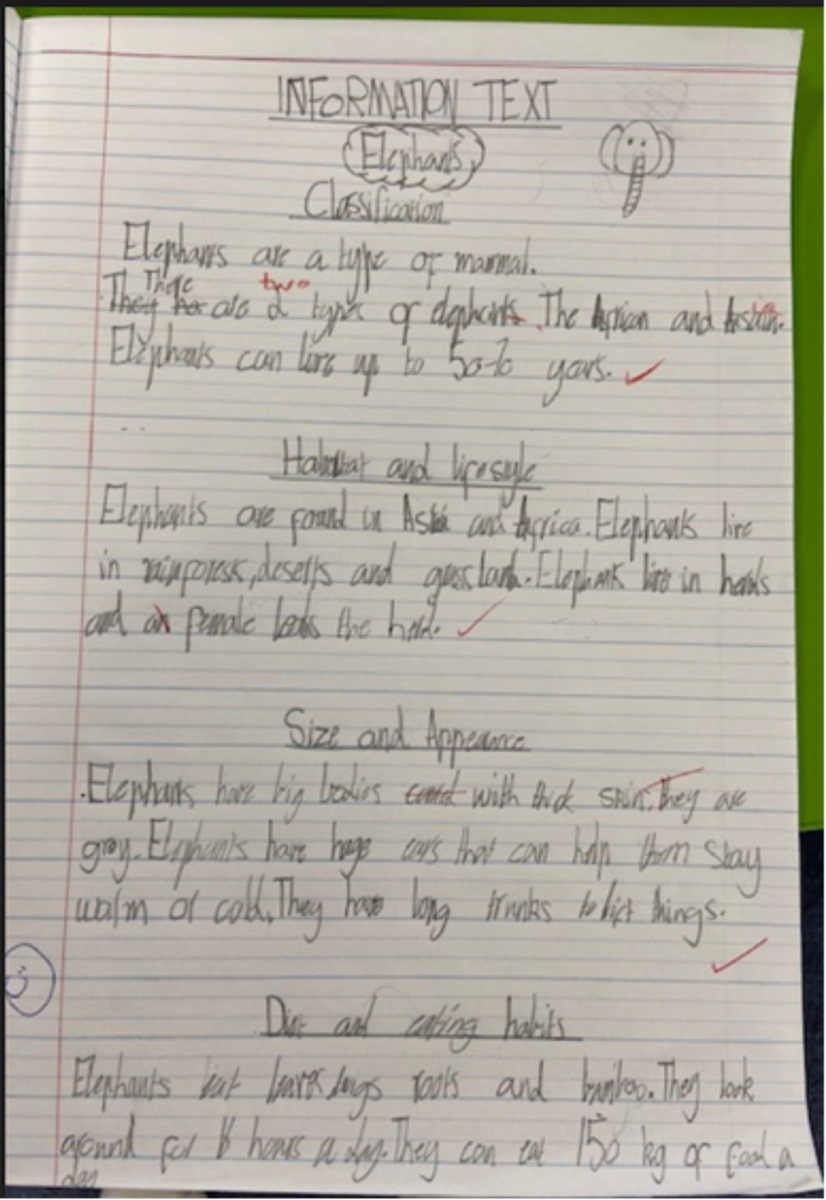



Maths
In Term two, students have been working towards recognising the connection between addition and subtraction. Addition and subtraction are the inverse operations of each other. Put simply, this means that they are the opposite. You can undo an addition through subtraction, and you can undo a subtraction through addition. Students shows their understanding of this connections through Fact Families. During subtraction, students have focused on solving problems using efficient strategies.
Fact Families


Jump Strategy


Split strategy
This is sometimes called the Split or partitioning strategy.
For a subtraction such as 69 – 46, you would:
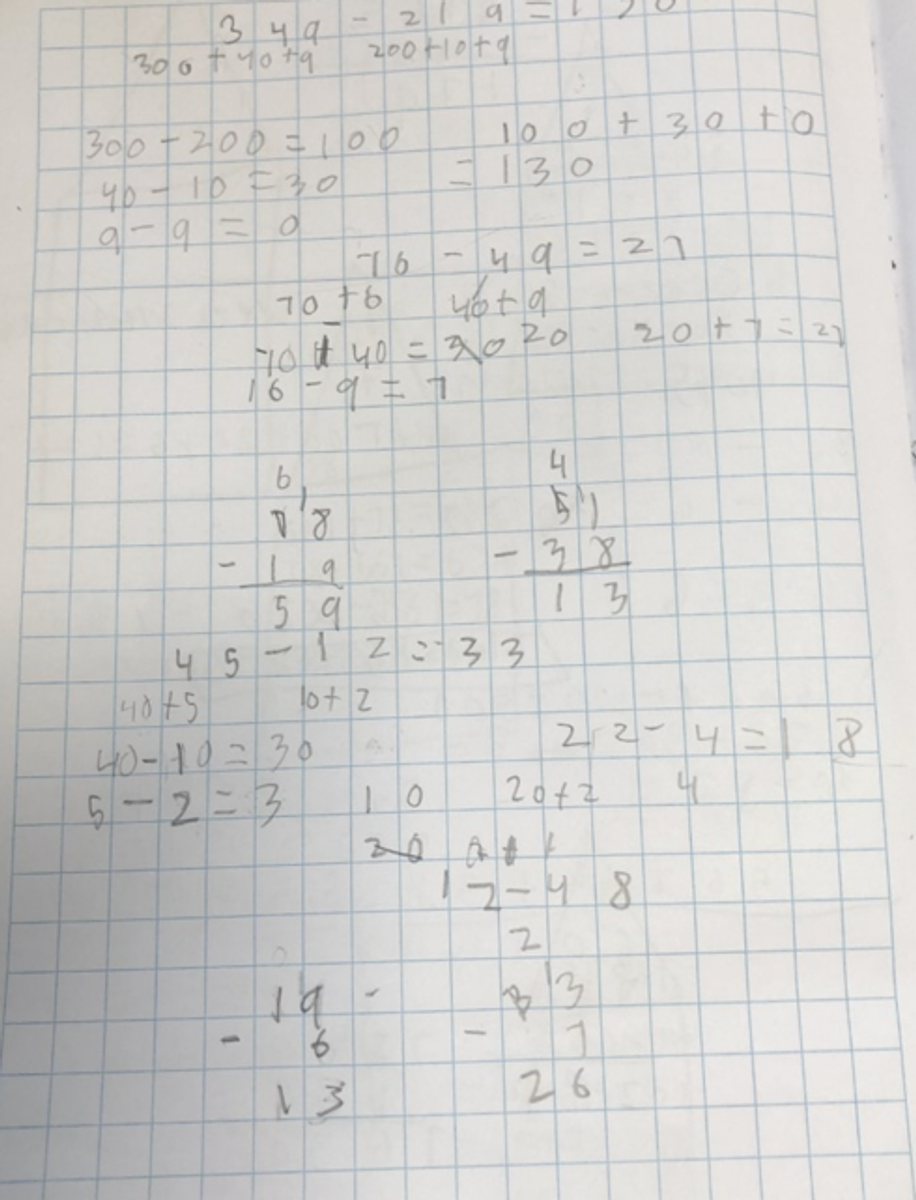



Column method with renaming
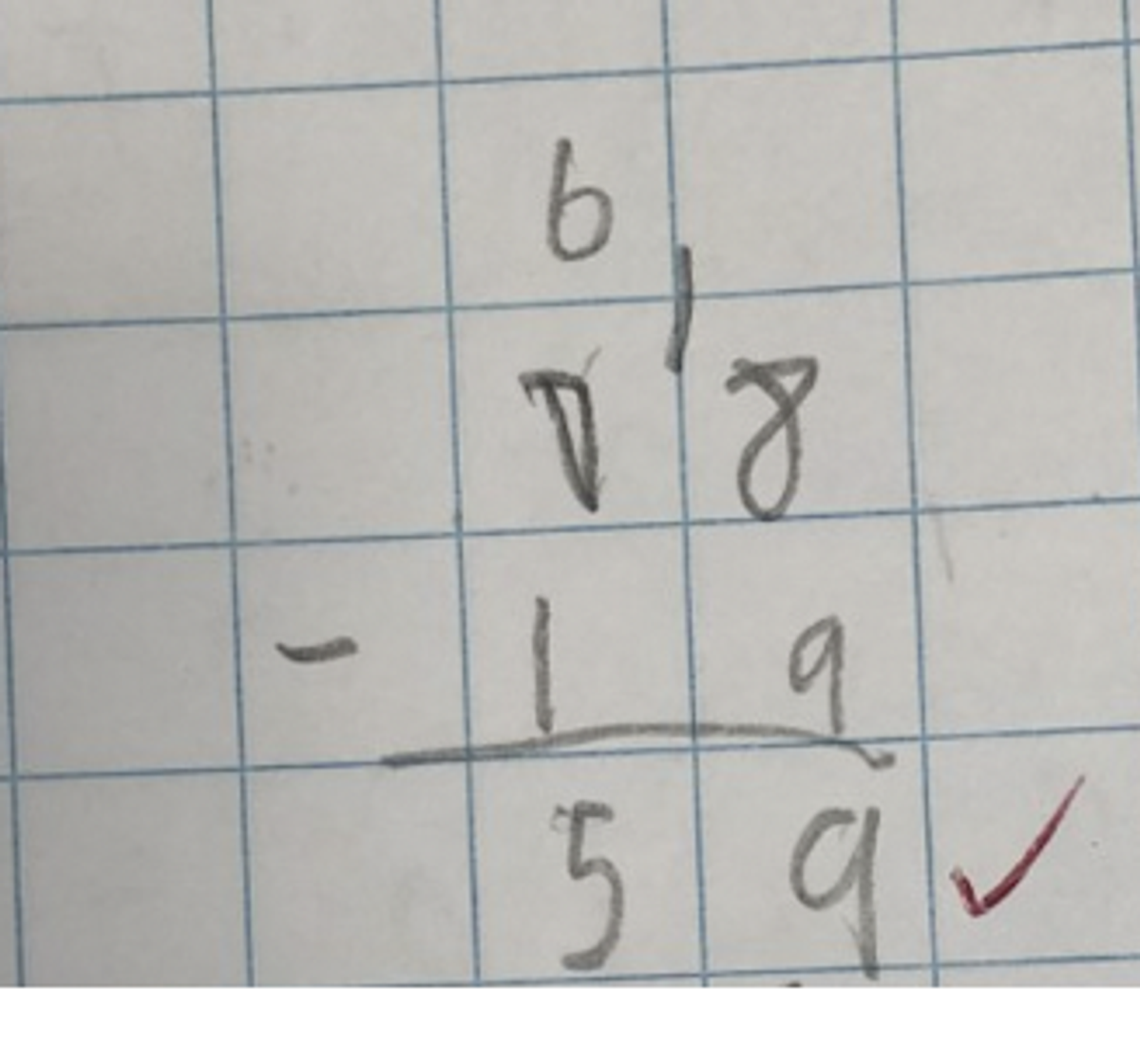



2D & 3D Shapes & Features

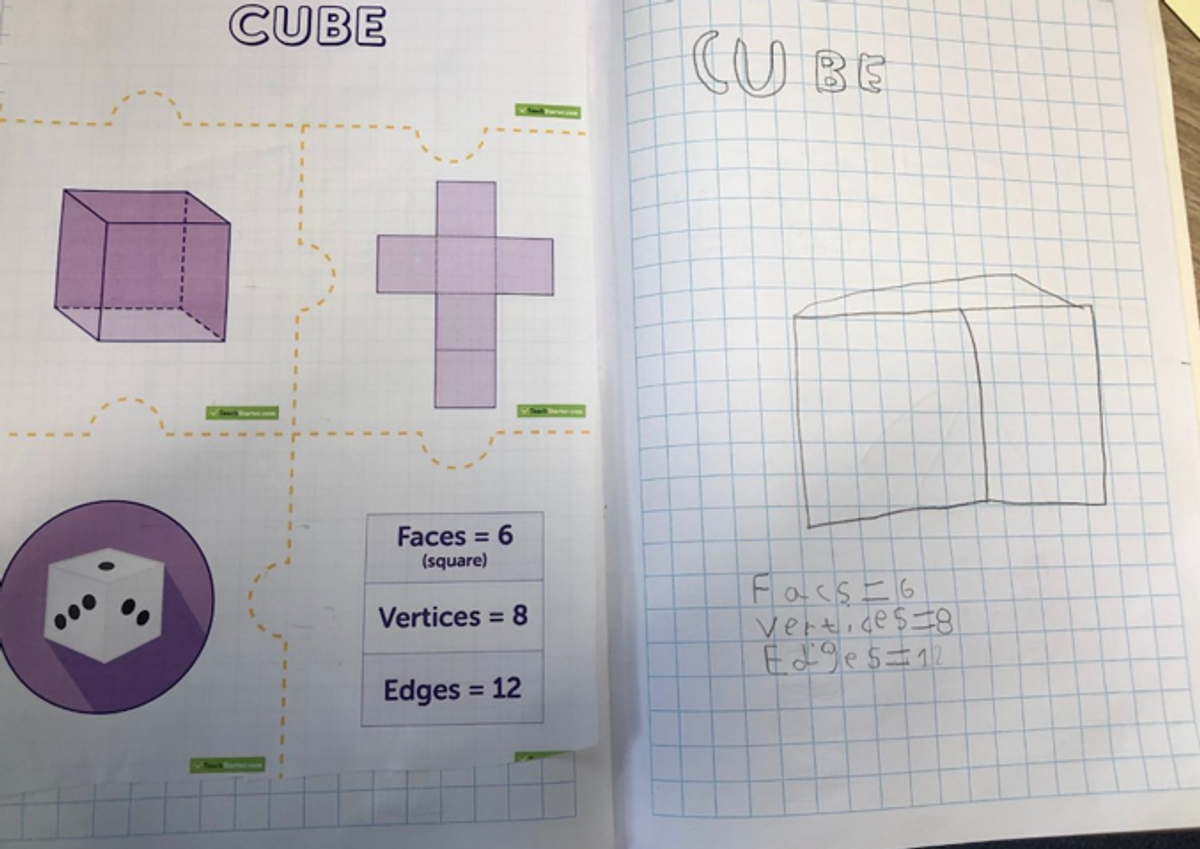


Inquiry
This term during Inquiry, students will be investigating the topic ‘How can we harvest the sun’s energy?’. Students have been learning about what heat is and how this differs to temperature. They have identified the different types of heat energy – kinetic, chemical and electric, and conducted experiments to show how heat energy moves. Moving through the term, students will be learning about how heat transfers from one object to another and then how the heat from the Sun can be used to help us become more sustainable.

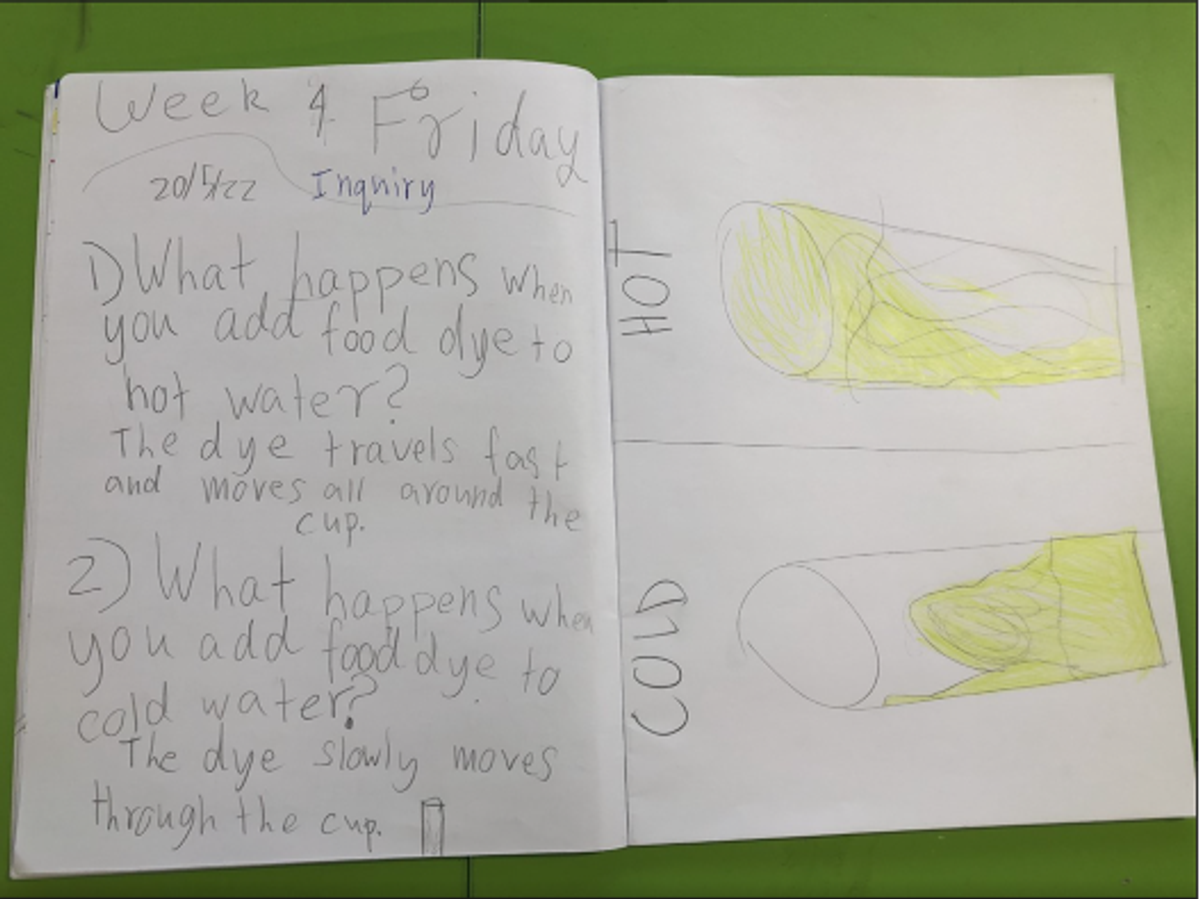


SEL
In Social and Emotional Learning, students have been learning how we all have different fears and emotional responses. They have identified a range of events and situations that may lead to these strong emotions and developed a range of coping strategies that they can use to support them to overcome fears or overwhelming emotions. Students have also been learning to work cooperatively with peers and identified personal strengths and areas they need to further build in order to support them in building self-control in social situations.